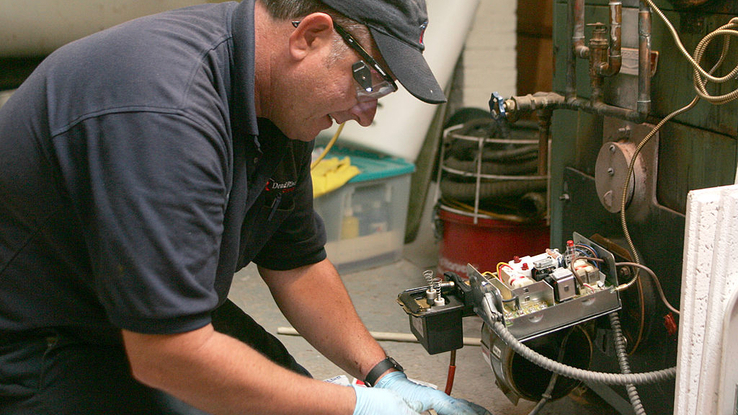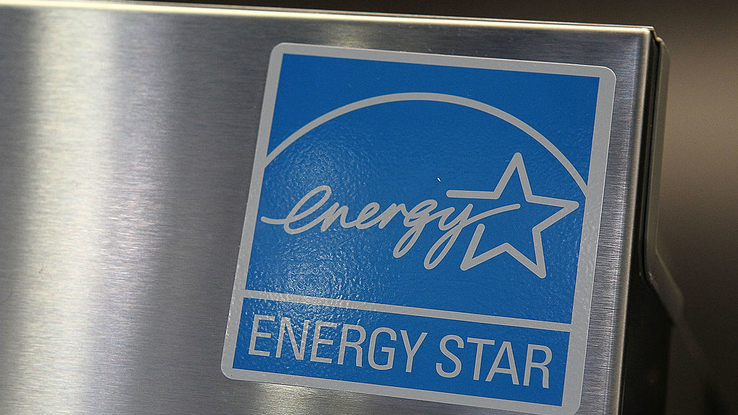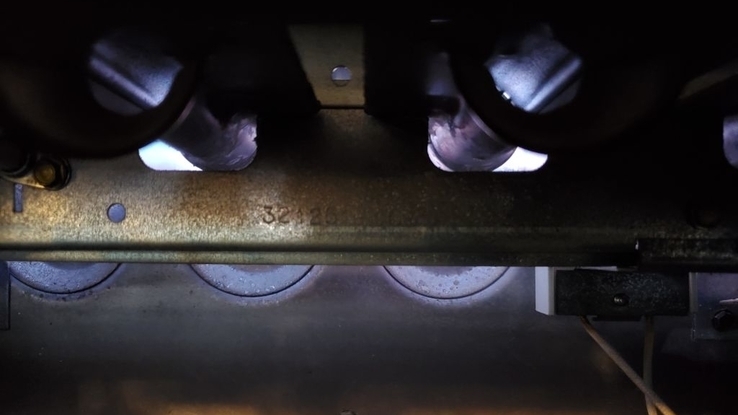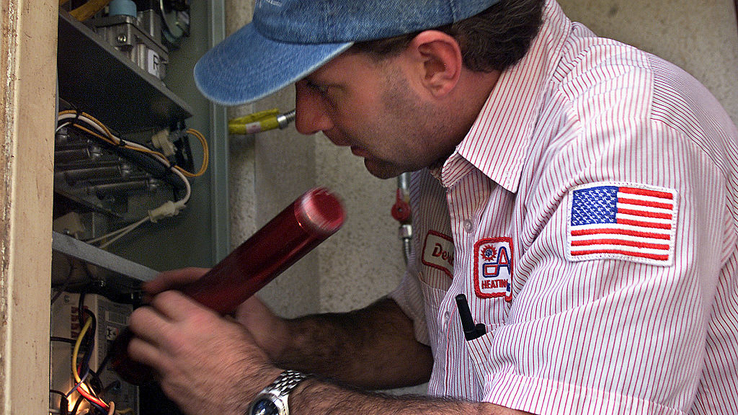How Do You Choose a New Furnace?

Trying to buy a new furnace can be a daunting task . Choosing the right one as vital, since not only is having a good one necessary for staying warm and comfortable throughout the winter, but it’s also pricey. However, since most furnaces last between 15 and 20 years, few people have much if any experience shopping for them. Even if they bought one before, one or two decades is long enough for the entire market to change between purchases.
The good news is that with a bit of guidance and some research on your part, choosing the right furnace doesn’t have to be difficult. With just a bit of knowledge about the latest innovations in domestic heating technology, you can have a furnace that keeps your house and family cozy and warm for years to come.
Understanding AFUE Ratings
One of the first things you’ll notice during your search is that most furnaces are ranked by annual fuel utilization efficiency (AFUE). This number represents how well the furnace can turn fuel into heat, with higher AFUE ratings being more effective but also usually more expensive. In much of the United States, you’ll need an AFUE of at least 90 (meaning 90 percent of the fuel is converted into heat) to make it through the winter comfortably, although people in the South can often get by with a cheaper furnace with a rating of 80 AFUE. These furnaces receive a “U.S. South” Energy Star rating from the U.S. government.

If you’re in Minnesota or Alaska, you’ll certainly want a furnace with a high AFUE rating, even if units above 90 AFUE often cost more than $1,000 than 80 AFUE units. However, although though the southern parts of the country don’t necessarily need a high AFUE furnace, they can still benefit from the energy savings of a more efficient furnace. You should also keep in mind that AFUE ratings only apply to the furnace itself. If you have a poorly insulated house or a poor duct system, even the best furnace will have difficulty heating your home.
Choosing a Fuel Source
The next thing to consider when selecting a furnace is the fuel source. The three most common types are gas, electric (which heat air by moving it over electric coils) and oil. Furnaces that use natural gas are the most common and benefit from being more efficient than either of the other types as well as cheaper and cleaner that oil. Electric furnaces are cheaper still, but they may struggle to heat larger homes effectively. Finally, oil furnaces offer more power than electric furnaces but are the most expensive type to install.

Gas heat is generally the best in most circumstances, but like oil, it’s not available in all parts of the country. If you do have gas heat available, however, you then have a further choice of three main types of gas furnace. Single-stage gas furnaces are the simplest, as they release gas at a set rate. Because they tend to have an AFUE of around 80, they’re generally only useful in the South and other warm regions. A two-stage gas furnace offers more flexibility through the ability to switch between low and high gas flow as well as temperature regulation via a thermostat. Last of all, a modulated gas furnace offers even more control over the flow of gas, which helps it heat rooms more evenly and efficiently than other types. Which furnace is right for you will come down to where you live, your budget, and how much you value energy efficiency.
Size Matters
On top of fuel type and efficiency, you should also be aware of the space your prospective furnace is sized for. If your furnace is rated for smaller space than what you have, you’ll likely be cold come winter, while one rated for a larger space will end up wasting money by providing you with heat that you don’t actually need. On top of that, things like room size, windows and the level of insulation can also affect which furnace you need.

If you’re happy with your current level of heat, one easy way to get around the problem of guessing which furnace you need is to get one with the same heat output as your old furnace. This number is likely printed somewhere on your old furnace and is measured in British thermal units (Btus). If you’d like more heat, have recently expanded your house or just suspect that you could get away with a cheaper and less powerful furnace, however, you’ll need to talk to an heating, ventilation and air conditioning (HVAC) expert, which usually costs roughly $300 for an average home or $400 or more if your house is over 2,000 square feet. Considering that the wrong furnace can make winters awfully cold and your wallet uncomfortably light, it’s often best to consult one either way.





